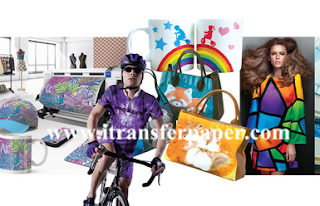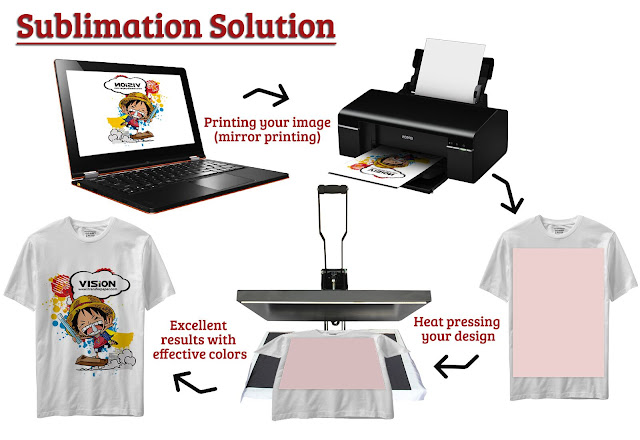Wide range of applications wins fans for sublimation
If you think Dye Sub is a Welsh submariner then you could be missing out on a low-cost technology with the potential to grab a bigger share of your existing customers’ print spend and open up a range of profitable new markets.
It’s not Dai; it’s dye – as in a colouring. And the sub bit is short for sublimation, the process in which a material goes directly from a solid to a gas. Special dye-sub inks can be printed using a standard inkjet printer, the clever bit comes in the next stage. Using a press to apply heat and pressure the ink then sublimates and penetrates the substrate. As it cools it solidifies and is tightly bound under the surface resulting in a smooth and robust image.
The crucial thing for making dye-sub work is polyester, due to its ability to absorb dye. For textile applications there are a huge range of polyester-based fabrics and for product decoration there are ‘blanks’ with a polyester coating to accept the ink.
“The message I try to propagate is that whatever sector you are in, the customer is after a branding opportunity,” says Epson sales manager, Prographics, Phil McMullin. “Customers have a shopping basket, and the more products in the basket that you can produce the bigger their spend. Most printers are generalists, so it makes sense to offer as much as possible.”
McMullin is backed up by Stephen Woodall, national sales manager, textile & apparel, at UK and Ireland Mimaki distributor Hybrid Services. “The beauty of dye-sub is the breadth of the applications from mugs and smartphone covers, through signage to work wear, sportswear and fashion. One minute you could be printing mugs and the next placement print onto t-shirts followed by a display graphic, a marquee or a gazebo. Think of the requirements of just one customer. For example a rugby club’s personalised shirts for the players, banners for the field, a gazebo, branded mugs and the bar runners in the club house,” he says.




评论
发表评论
see more on our web www.itransferpaper.com